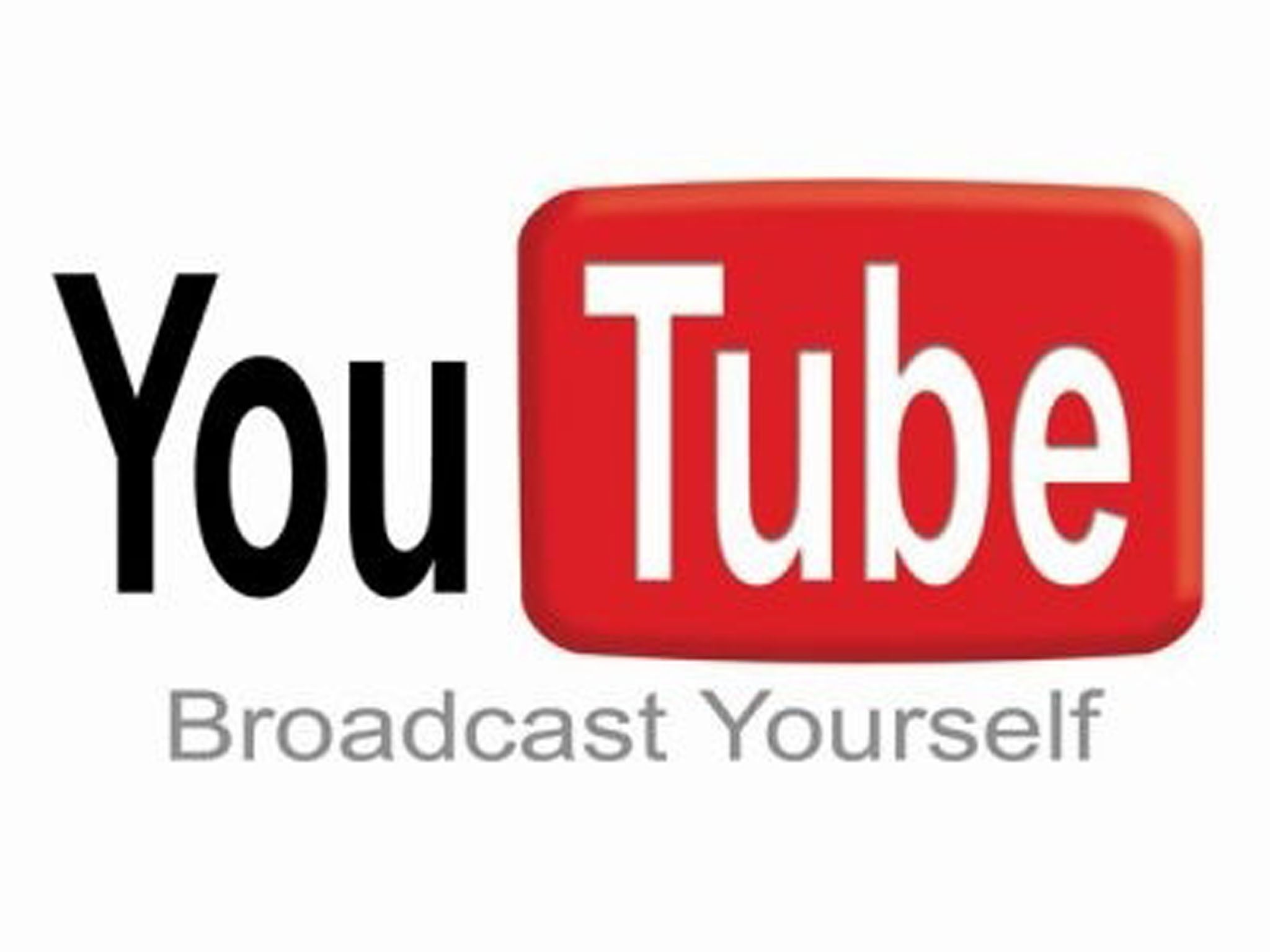
Your support helps us to tell the story
From reproductive rights to climate change to Big Tech, The Independent is on the ground when the story is developing. Whether it's investigating the financials of Elon Musk's pro-Trump PAC or producing our latest documentary, 'The A Word', which shines a light on the American women fighting for reproductive rights, we know how important it is to parse out the facts from the messaging.
At such a critical moment in US history, we need reporters on the ground. Your donation allows us to keep sending journalists to speak to both sides of the story.
The Independent is trusted by Americans across the entire political spectrum. And unlike many other quality news outlets, we choose not to lock Americans out of our reporting and analysis with paywalls. We believe quality journalism should be available to everyone, paid for by those who can afford it.
Your support makes all the difference.YouTube is set to announce within a few weeks a series of channels that will require payment, an industry source has revealed.
The content on the new pay channels will be in addition to the millions of videos viewers watch for free on YouTube. It is not clear whether the paid videos will come with advertising.
The Financial Times reported earlier that viewers would be charged as little as $1.99 a month for subscriptions.
In a statement, YouTube said it is looking into creating a “subscription platform” that provides its partners with a way to generate revenue beyond video rentals and placing ads in and around content. It said, however, that it had “nothing to announce at this time.”
Executives hinted at the coming pay channels at a preview event in March ahead of a meeting in New York with advertisers.
Such a model could help video producers make money from niche audiences. That's different from how YouTube works now, where the most popular videos, like PSY's “Gangnam Style” music video, make the most money from advertising.
One example given by executives was of video lessons by a computer science teacher.
“For people who create great value but for only a narrow interest group, I think that the potential for pay channels unlocks opportunities for creating revenue streams,” said Lucas Watson, YouTube's vice president of sales and marketing, at the time.
Introducing pay channels would also accustom fans of YouTube to paying for content, something the site is not known for, although it has sold and rented movies and TV shows from major studios since late 2008.
“It's a whole new skill set to develop: to convince people to actually take out their credit card, even for one cent,” said Robert Kyncl, YouTube's vice president and global head of content partnerships, told reporters at the March event.
Google Inc. bought YouTube for $1.76 billion in 2006 when the video site had an estimated 50 million users worldwide. Today, the site boasts more than 1 billion visitors a month.
AP
Join our commenting forum
Join thought-provoking conversations, follow other Independent readers and see their replies
Comments